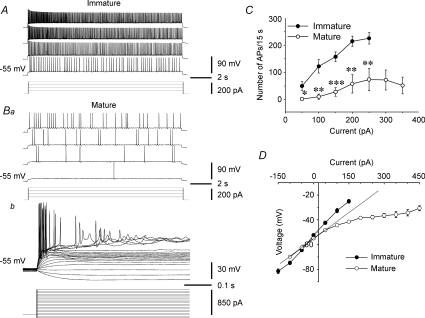Figure 8. Intrinsic firing in CA3 pyramidal neurons from immature and adult rats.
A, whole-cell recordings showing that CA3 pyramidal neurons from immature rats were able to fire action potentials over the entire duration of a depolarizing current pulse (i.e. 15 s) with little adaptation. B, in contrast, CA3 pyramidal neurons from mature rats responded to the same or larger current injections with fewer action potentials (Ba), or only generated action potentials during the first few hundred milliseconds of the current pulses (Bb). A strong rectification to depolarizing current pulses was seen in the mature CA3 neurons (Bb), which was not present in immature CA3 pyramidal cells. C, summary plot showing the difference in the input–output relations in CA3 pyramidal neurons from immature and mature rats. *P < 0.05; **P < 0.01; ***P < 0.001, Student's two-tailed unpaired t test. D, summary plot showing that the immature CA3 pyramidal neurons displayed a nearly ohmic current–voltage response, whereas adult CA3 pyramidal neurons showed a clear rectification to depolarizing current injections (i.e. deviated from the hypothetical linear response as the dotted line indicates), which limited their ability to fire repetitively. All experiments were performed in the presence of gabazine (10 μm), SCH50911 (10 μm), AP-5 (50 μm) and DNQX (50 μm), which blocked GABAergic and glutamatergic synaptic transmission.

